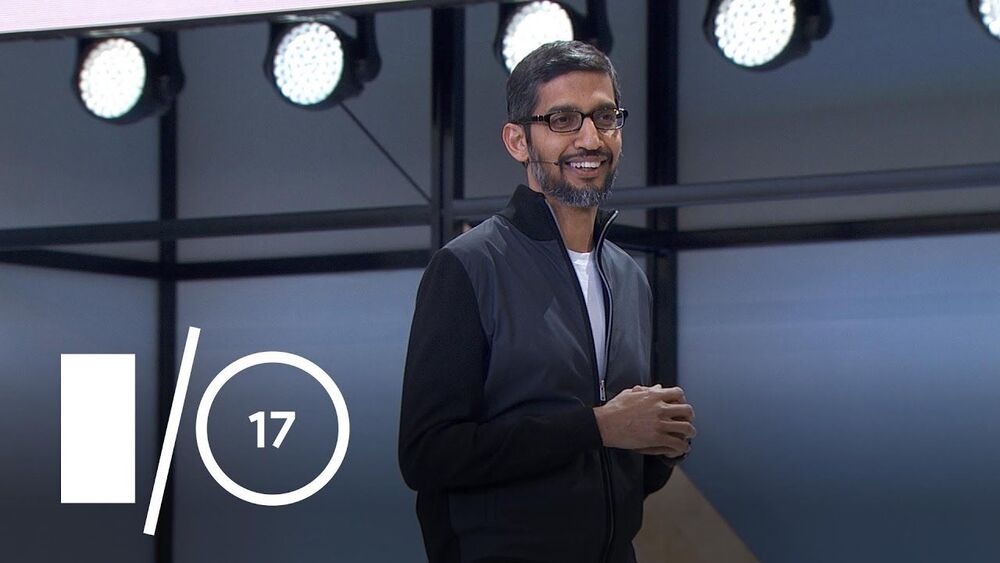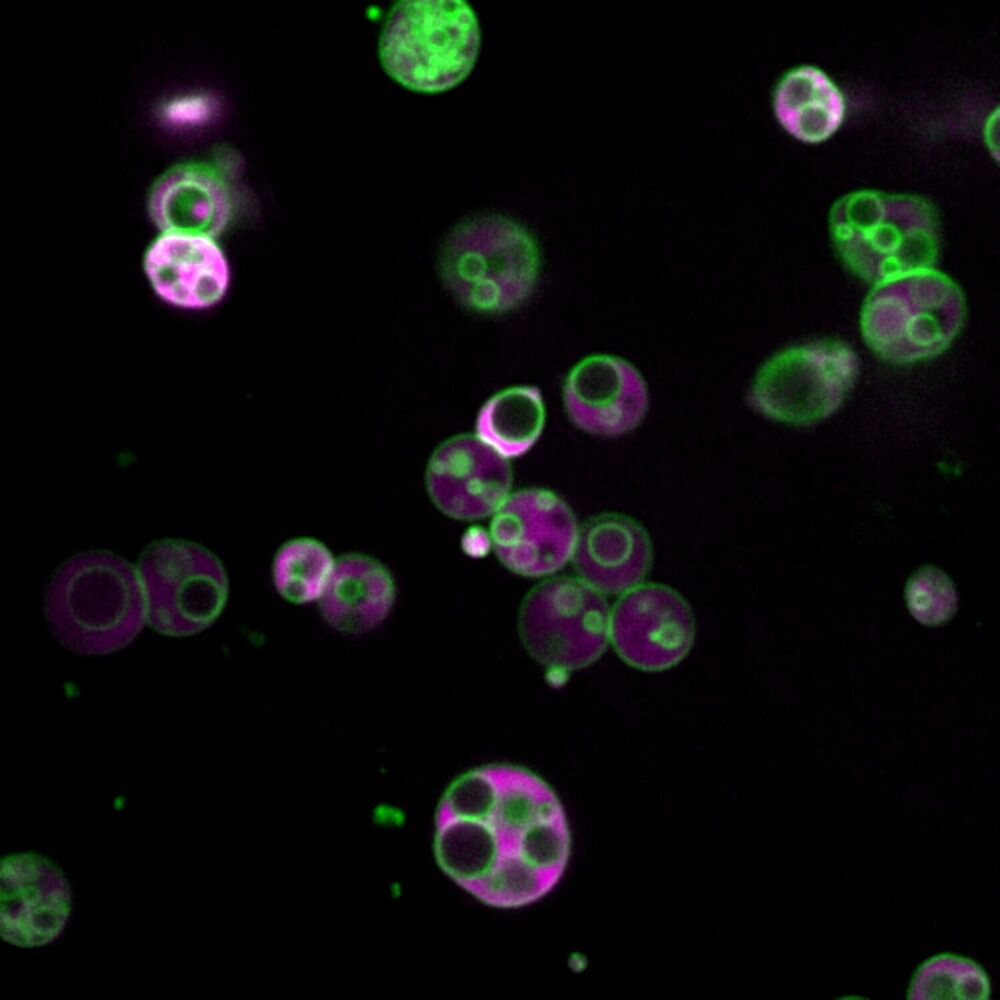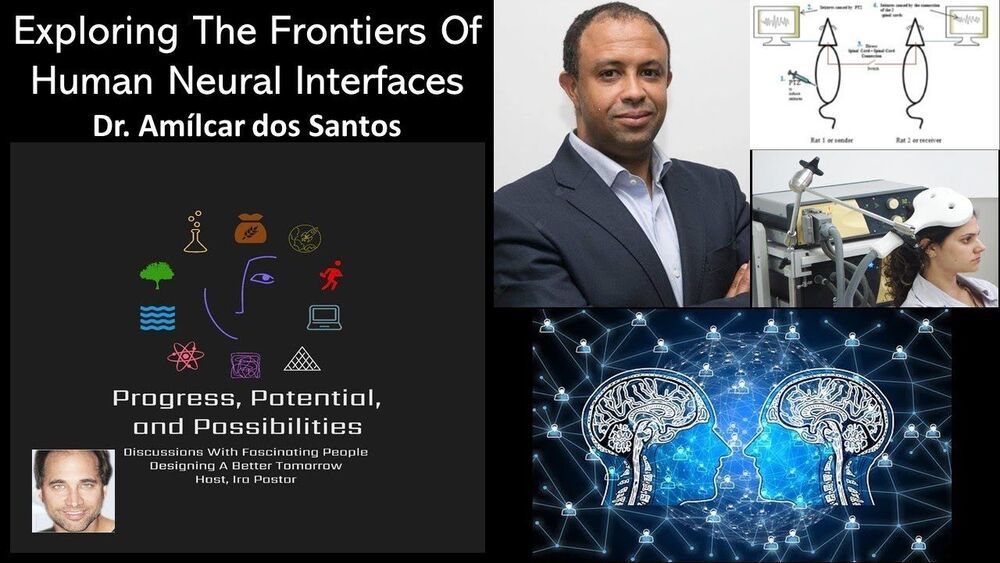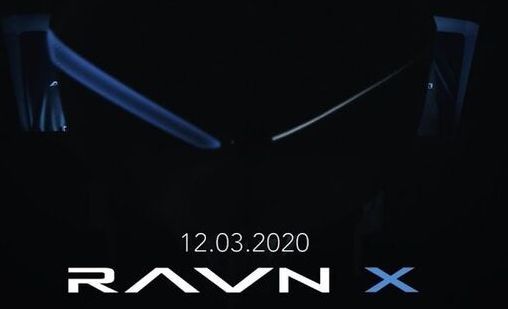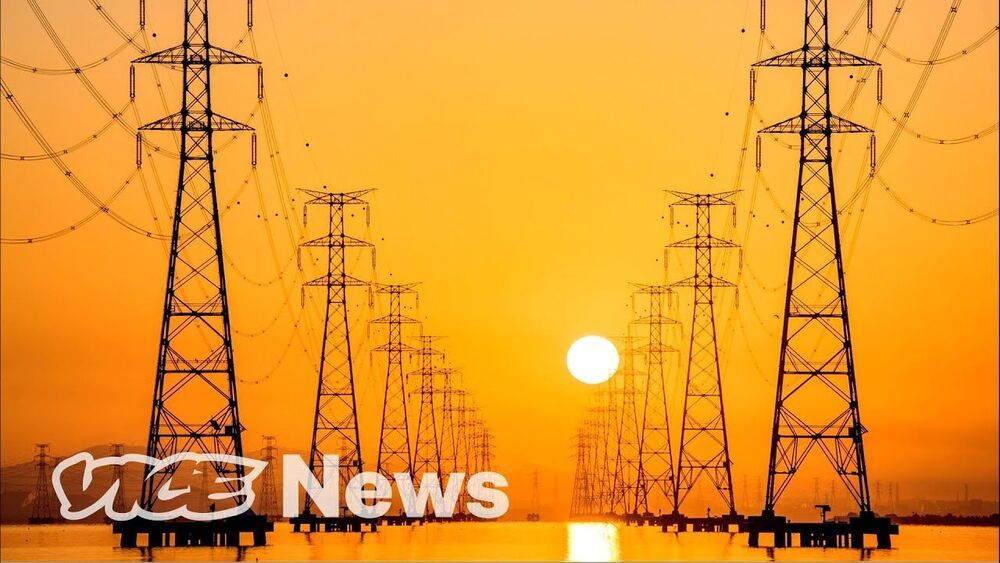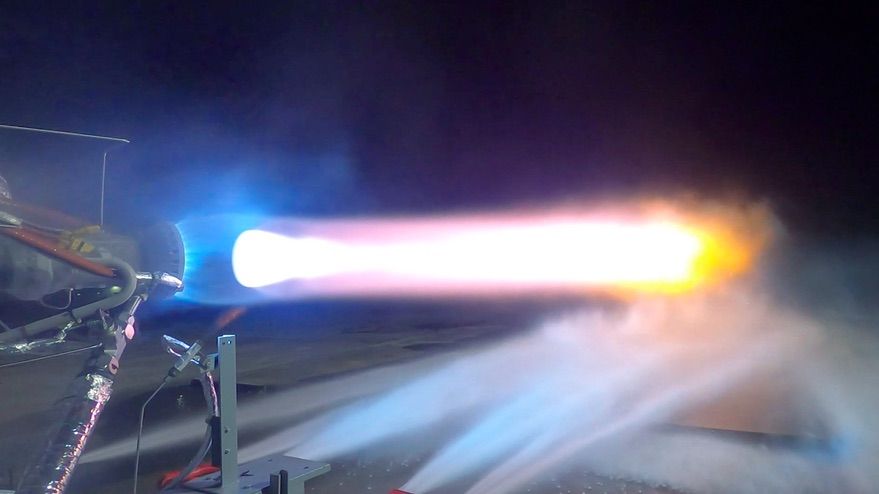New images, taken with the 520-megapixel Dark Energy Camera (DECam) on the Víctor M. Blanco 4-m Telescope at the Cerro Tololo Inter-American Observatory, represent a portion of the second data release from the Survey of the MAgellanic Stellar History (SMASH), the deepest, most extensive survey of the Magellanic Clouds (high-resolution images: the Large Magellanic Cloud and the Small Magellanic Cloud).
Google is betting big on artificial intelligence (AI), and it’s clearly paying off. Apart from offering up collections of code that best the world’s board game champions, they’ve also managed to create an AI that, in effect, designs its own AI – and its creations have gone from analyzing words to disseminating complex imagery in a matter of months.
On a company blog post from May of this year, engineers explain how their AutoML system (Automated Machine Learning) gets a controller AI – which we can perhaps call the “parent” in a colloquial sense – that proposes designs for what the team call a “child” AI architecture.
The child is then given a task, and feedback is sent to the parent. This allows the parent to improve how it designs a second child, and so on and so forth, thousands of times over. This self-reinforcing learning mechanism allows it to develop AI children that ultimately are better than anything human engineers can make.
**Peroxisomes are compartments where cells turn fatty molecules into energy and useful materials, like the myelin sheaths that protect nerve cells. In humans, peroxisome dysfunction has been linked to severe metabolic disorders, and peroxisomes may have wider significance for neurodegeneration, obesity, cancer and age-related disorders.**
Peroxisomes are also highly conserved, from plants to yeast to humans, and Bartel said there are hints that these structures may be general features of peroxisomes.
“Peroxisomes are a basic organelle that has been with eukaryotes for a very long time, and there have been observations across eukaryotes, often in particular mutants, where the peroxisomes are either bigger or less packed with proteins, and thus easier to visualize,” she said. But people didn’t necessarily pay attention to those observations because the enlarged peroxisomes resulted from known mutations.
The researchers aren’t sure what purpose is served by the subcompartments, but Wright has a hypothesis.
“When you’re talking about things like beta-oxidation, or metabolism of fats, you get to the point that the molecules don’t want to be in water anymore,” Wright said. “When you think of a traditional kind of biochemical reaction, we just have a substrate floating around in the water environment of a cell—the lumen—and interacting with enzymes; that doesn’t work so well if you’ve got something that doesn’t want to hang around in the water.”
According to U.S. officials, China is experimenting on humans using the gene-editing technique called CRISPR.
Exploring the frontiers of neuromodulation, neurostimulation, and neural interfaces.
Neuromodulation is defined as “the alteration of nerve activity through targeted delivery of a stimulus, such as electrical stimulation or chemical agents, to specific neurological sites in the body”. It is carried out to normalize – or modulate – nervous tissue function.
Neuromodulation is an evolving therapy that can involve a range of electromagnetic stimuli such as a magnetic field, an electric current, or a drug instilled directly in the sub-dural space (i.e. intra-thecal drug delivery).
We all have images in our mind of rocket launches from Cape Canaveral Air Force Station hurtling astronauts into space and satellites into orbit.
But those launches may be a thing of the past as a new generation of drones that can do the same job cheaper, safer and better steps into play.
Alabama-Based Aevum unveiled its Ravn X Autonomous Launch Vehicle Wednesday that it says is the world’s largest unmanned aircraft system.
From ultra high speed levitating trains to lifesaving MRI machines, superconductors are key to some of the world’s most cutting edge technology. But they require extremely low temperatures to work and have remained too expensive for everyday use. Now that could be about to change. With superconductors that work at room temperature, our technological ability is posed to make a giant leap forward.
Check out VICE News for more: http://vicenews.com.
Follow VICE News here:
Facebook: https://www.facebook.com/vicenews.
Twitter: https://twitter.com/vicenews.
Tumblr: http://vicenews.tumblr.com/
Instagram: http://instagram.com/vicenews.
More videos from the VICE network: https://www.fb.com/vicevideo
WASHINGTON — Blue Origin has achieved a new milestone in the development of the engine that will power the lunar lander it seeks to provide for NASA’s Artemis program.
The company announced Dec. 4 that it started a fourth series of hotfire tests of the thrust chamber for the BE-7 engine. That thrust chamber was fired for 20 seconds on a test stand at NASA’s Marshall Space Flight Center, where the company did previous tests of the engine.
“This thrust chamber test measured the ability to extract energy out of the hydrogen- and oxygen-cooled combustor segments that power the engine’s turbopumps, the key to achieving high engine performance,” said John Vilja, senior vice president of engines at Blue Origin, in a company statement.
Elon Musk’s Boring Company has released the first images teasing the first passenger station of the Las Vegas Loop ahead of its launch.
A Boring Company Loop system consists of tunnels in which Tesla autonomous electric vehicles travel at high speeds between stations to transport people within a city.
The first system is being deployed at the Las Vegas Convention Center (LVCVA), which is paying $50 million for the system, but we recently learned that the Boring Company plans to connect the convention center’s Loop to casinos on the strip in order to eventually create a city-wide Loop in Las Vegas.
It’s my firm belief that the AI revolution we’ve all been so excited about simply has not happened yet. In the next two to three years however, as the hardware that enables “real” AI power makes its way into more and more hands, it will happen. As far as predicting the change and disruption that will come from widespread access to the upper echelons of powerful ML and AI — there are few ways to make confident predictions, but that is exactly the point!
Much like cellphones put so much power in the hands of regular people everywhere, with no barriers to entry either technical or financial (for the most part), so will the coming wave of software-defined hardware that is flexible, customizable and future-proof. The possibilities are truly endless, and it will mark an important turning point in technology. The ripple effects of AI democratization and commoditization will not stop with just technology companies, and so even more fields stand to be blown open as advanced, high-powered AI becomes accessible and affordable.
Much of the hype around AI — all the disruption it was supposed to bring and the leaps it was supposed to fuel — will begin in earnest in the next few years. The technology that will power it is being built as we speak or soon to be in the hands of the many people in the many industries who will use their newfound access as a springboard to some truly amazing advances. We’re especially excited to be a part of this future, and look forward to all the progress it will bring.

